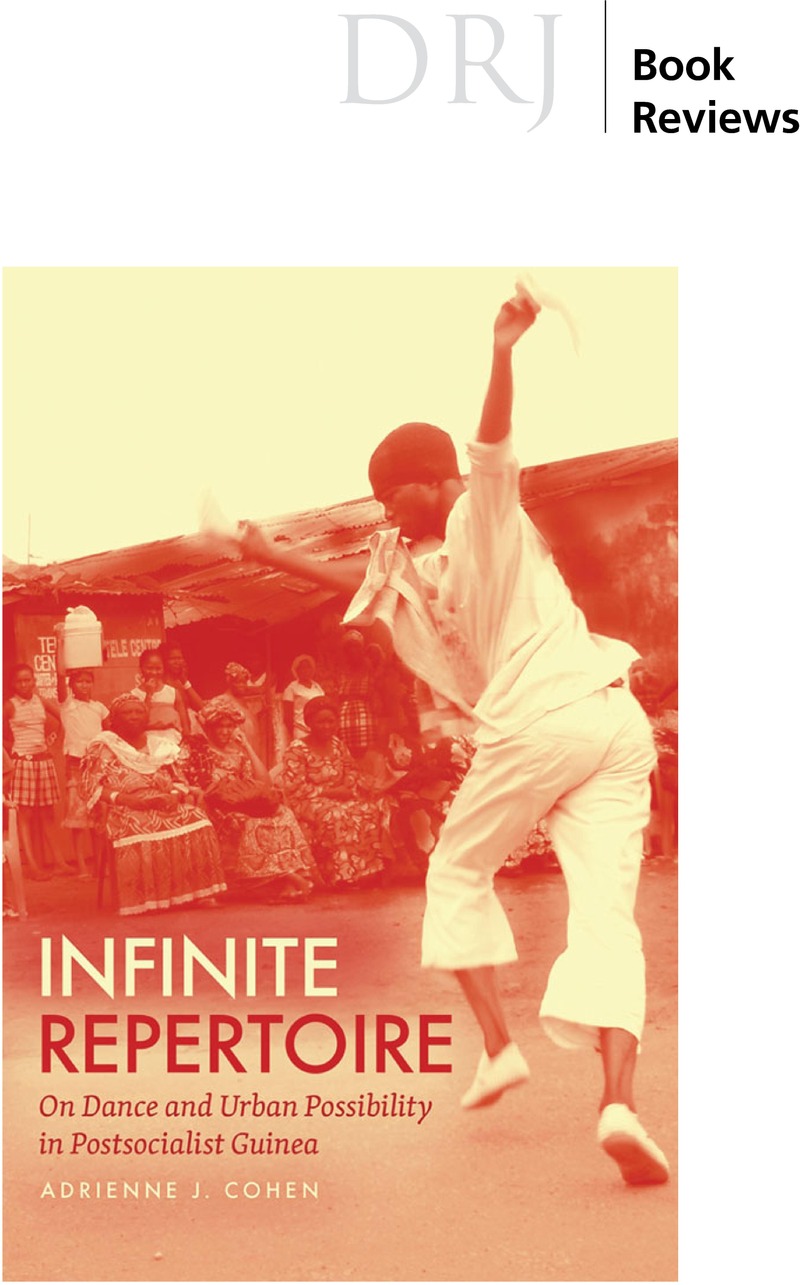No CrossRef data available.
Article contents
DANCE AND THE CORPOREAL UNCANNY: PHILOSOPHY IN MOTION by Philipa Rothfield. 2021. Abingdon, UK: Routledge. 264 pp., 18 photos. $202.60 hardcover, ISBN: 9780367508425. $62.39 paper, ISBN: 9780367508449. $55.19 e-book, ISBN: 9781003051610.
Review products
DANCE AND THE CORPOREAL UNCANNY: PHILOSOPHY IN MOTION by Philipa Rothfield. 2021. Abingdon, UK: Routledge. 264 pp., 18 photos. $202.60 hardcover, ISBN: 9780367508425. $62.39 paper, ISBN: 9780367508449. $55.19 e-book, ISBN: 9781003051610.
Published online by Cambridge University Press: 17 July 2023
Abstract
An abstract is not available for this content so a preview has been provided. Please use the Get access link above for information on how to access this content.

- Type
- Book Review
- Information
- Copyright
- Copyright © The Author(s), 2023. Published by Cambridge University Press on behalf of the Dance Studies Association
References
Works Cited
Ehrenberg, Shantel. 2015. “A Kinesthetic Mode of Attention in Contemporary Dance Practice.” Dance Research Journal 47, no.2: 43–61.10.1017/S0149767715000212CrossRefGoogle Scholar
Foster, Susan Leigh. 2011. Choreographing Empathy: Kinaesthesia in performance. London and New York: Routledge.Google Scholar


